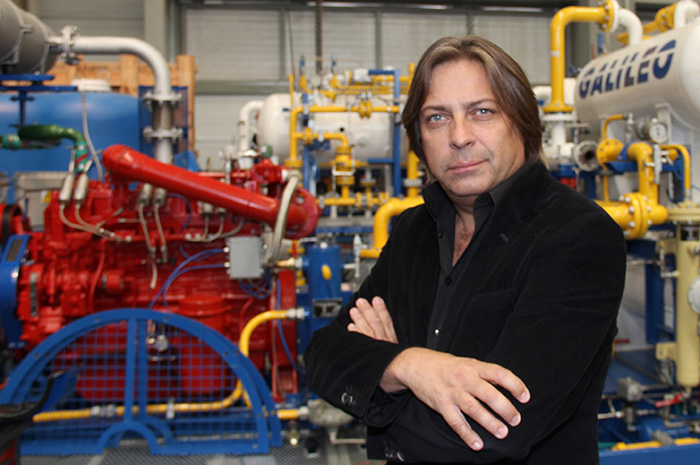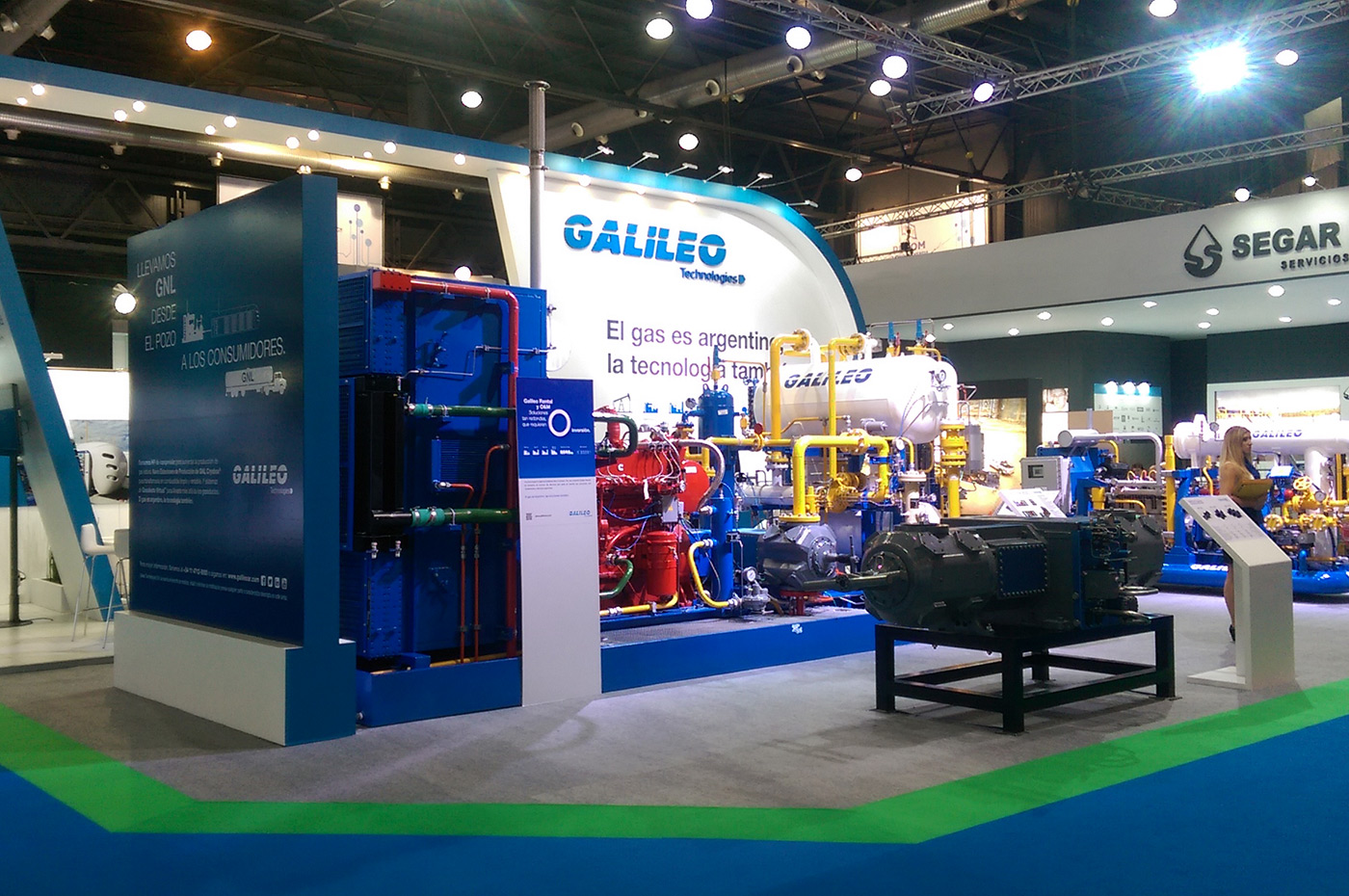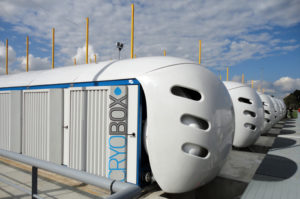Gas production has become more demanding
During the interview published by Shale Seguro hacia ENERGÍA 360 magazine, Osvaldo del Campo reflected upon the unconventional hydrocarbons market and technological innovations.

Osvaldo del Campo, Galileo Technologies CEO
Are there different business models for conventional and unconventional fields?
We propose two different business models. It’s not that everything that has been done so far is wrong, but nowadays, parameters changed: costs are different and so are the field designs. This forces us to discard old solutions for new problems. Unconventional gas should be produced with unconventional methods.
Which are those models?
The first model applies to new fields which are connected to the network. We’ve already developed a new concept for different oil companies: well-head compression. This is about equipment that offers a different process and an innovative concept in field design. The increase in production and the reduction of operational costs are the main advantages. We started five years ago in Argentina and it has already become a standard. Virtually every oil company applies it. Now, we introduced new improvements, reaching the “Distributed Compression” concept. Before that, the compression power was concentrated into the stations which compressed gas from the wells. This system evolved to the second well-head model which increased production. We’ve increased production fourfold. According to the latest tests we conducted with oil companies, a shale or tight gas field multiplies its production by 1.5 or 2 when drilled at a side or at the same place.
How does the distributed compression equipment work?
Compression is executed completely at the same place. We take the gas directly from the well and transfer it to the pipelines. This increases production, simplifies the installation process and reduces drastically the cost of setting the field. The pipes diameter is halved and major civil works at compression stations are reduced. Since the equipment is placed by the well, it does not require any works or installation processes.
What about the impact in costs?
The regular field production cost of approximately USD 1/Mbtu is halved, including the amortization of the investment of the whole surface (without drilling) plus the compression OPEX.
Is this suitable for every field?
This is a solution for the fields connected to the network through conventional methods. The most revolutionary and innovative one is the connection to the network and monetizing through unconventional ways, thanks to our concept of the Virtual Pipeline.
Does this mean conventional pipelines are not used?
Exactly. The Virtual Pipeline is our brand, although it is used worldwide as a generic denomination. The product presents the same quality of a pipeline, but physically the pipeline is not there. Instead, trucks or trains carry the gas through unconventional means. The concept was born using CNG, which provides us a limited action range of 100 or 150 km, and then extending that border by including LNG, virtually limitless. Nowadays, the cost of carrying LNG from Neuquén to Buenos Aires is similar to using the pipeline.
What would be the impact on the system?
First, we introduced the Virtual Pipeline to connect users with pipelines. Then, we realized that wells could be connected with pipelines, and nowadays we are working to connect wells with users without the need of pipelines. So, now we can produce LNG straight from the well and take it directly for consumption without pipelines. This will represent great opportunities for new customers which are currently out of the network. Currently, natural gas represents 50% of the Argentine energetic matrix. We understand this share should increase by 10% or 20% because we have the second largest natural gas reserve in the world; otherwise, it would be ridiculous. This already happened in our national history, when we discovered Loma La Lata. We moved from 20% to 50%. So I’m confident it will happen again.
Would this new concept increase LNG consumption?
Of course. Next year, we will organize an event to introduce LNG for general consumption in vehicles and means of transport; meanwhile, in Argentina, it is only being used to fuel Buquebus’ Francisco ferry boat. Long distance trucks or trains will certainly switch to LNG. This fuel will represent half the cost of diesel and greater opportunities for producers to monetize their fields and for users to save fuel costs.
How many wells could now become profitable?
Let’s take into account that, so far, only 2,000 wells are connected to the network, out of the total 55,000. There are many wells in the country without connection to the gas network because it is unprofitable. If the well production is low, pipelines are not justified. There are many wells that could produce at reduced volumes. Disperse gas would be captured, reducing imports.
How long would this implementation process take?
These actions are very innovative and take their time. But we’ve made a hard work in compression and now it has become a standard. Nowadays, nobody designs a field without well-head compression. We are currently imposing this concept of “Distributed Compression” and we are sure it will become common practice in two years time. Furthermore, three oil companies are currently starting to use virtual pipelines to capture gas from remote fields.
What is Galileo Group current production capacity to adapt these wells?
There’s capacity. We are on the adaptation process. We export 80% of production to 65 countries. In this context, the Argentine market is important and it has been increasingly growing in the last two years. In Galileo we can allocate production according to the demand.
Which are your main markets?
Markets change. Now, we are exporting widely to the US and Australia. But our star markets are Asia and Europe, depending on the business unit.
Has Brazil’s low activity affected your company?
In Brazil, CNG activity has been stagnated for several years. The oil activity never achieved the expected strength, and the gas activity is very limited: in terms of total volume, Brazil’s consumption level is half that of Argentina, when it actually represents an economy 5 times bigger. It’s been years since this market does not affect us.
Does Galileo produce everything in Argentina?
Our technology is 100% produced nationally. We are an Argentine company and 70% of the equipment components are local, except for the ones that are not manufactured here and we need to import.
What are your expectations for 2016?
We hope to grow considerably in the local industry. We plan to turn some of our business areas into a standard and to become strong, because we know next year the oil industry will be strong.
Source: Shale Seguro Magazine, January 2016 Issue
Related news

Galileo Technologies introduced their Unconventional Solutions at the 2015 Oil & Gas Expo in Argentina

Galileo participated in the 2015 International Gas Conference in Paris

More Galileo compressors for Vaca Muerta shale gas
